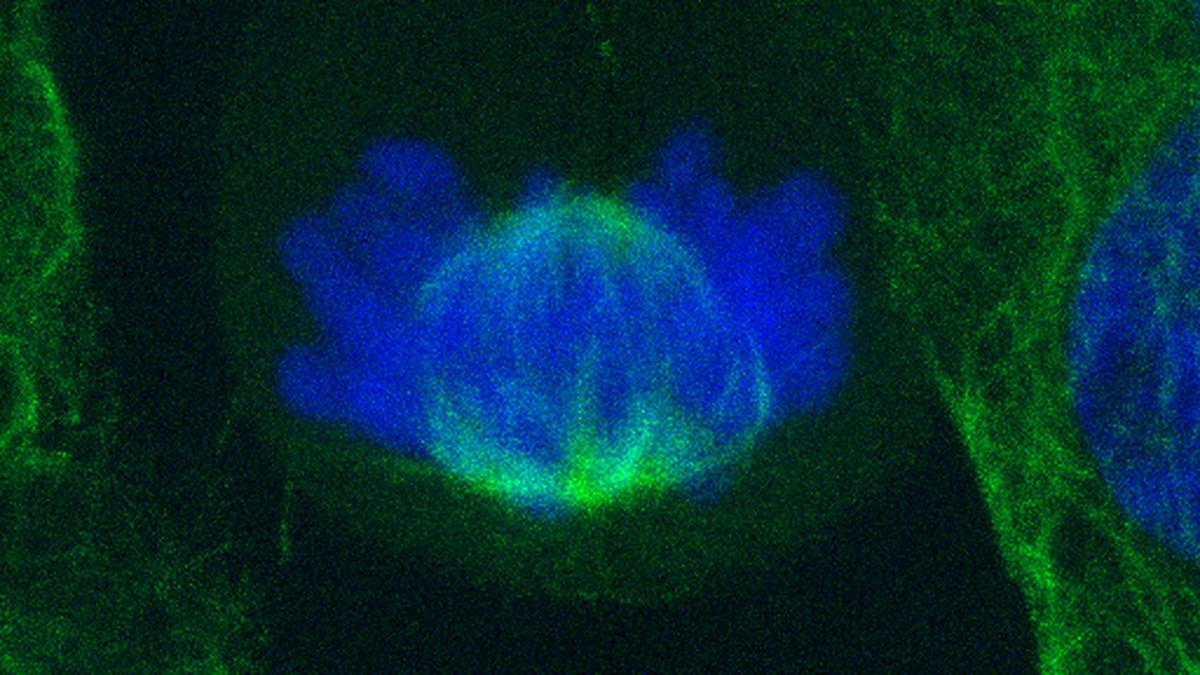Microcephaly, characterized by a significantly smaller head size and underdeveloped brain, has long been a perplexing condition for scientists and clinicians. Recent collaborative research efforts have provided new insights into the molecular and cellular processes underlying this condition.
Genetic Alterations and Signaling Pathways:
At the core of this discovery lies the interaction between an altered protein and crucial signaling pathways during fetal brain development. Through extensive genetic analysis, researchers have identified an altered protein that disrupts these pathways, leading to impaired brain growth characteristic of microcephaly.
Neuronal Sensitivity and Environmental Factors:
Contrary to previous assumptions, neurons are not passive bystanders in microcephaly development. They exhibit sensitivity to alterations caused by the rogue protein. Even subtle changes in neuronal activity, influenced by environmental factors or genetic predispositions, can exacerbate the effects of the protein alteration, increasing the risk of microcephaly.
Insights and Potential Interventions:
Lead researcher Dr. Emily Patel emphasizes the significance of understanding the interaction between genetics and neuronal dynamics in microcephaly development. This understanding opens avenues for targeted interventions to mitigate the effects of this condition.
Broader Implications:
The research extends beyond microcephaly, offering insights into the interplay between genetic factors and neuronal sensitivity in neurodevelopmental disorders. This deeper understanding could lead to more effective diagnostic tools, therapeutic strategies, and preventive measures for a range of neurodevelopmental conditions.
Multiple Choice Questions (MCQs) with Answers:
- What characterizes microcephaly?
- A) Larger head size and overdeveloped brain
- B) Smaller head size and underdeveloped brain
- C) Average head size and normal brain development
- D) Absence of brain growth
- What is the central focus of recent collaborative research on microcephaly?
- A) Behavioral interventions
- B) Genetic analysis
- C) Surgical treatments
- D) Environmental factors
- What role do neurons play in the development of microcephaly, according to recent findings?
- A) Passive observers
- B) Actively sensitive entities
- C) Independent of genetic factors
- D) Insensitive to environmental influences
- What potential do targeted interventions hold in addressing microcephaly?
- A) They can reverse the condition entirely.
- B) They can prevent microcephaly from occurring.
- C) They can mitigate the effects of the condition.
- D) They have no impact on microcephaly.
- Besides microcephaly, what broader implications does the research have?
- A) It has no broader implications.
- B) It offers insights into unrelated medical conditions.
- C) It sheds light on various neurodevelopmental disorders.
- D) It focuses solely on environmental factors.
